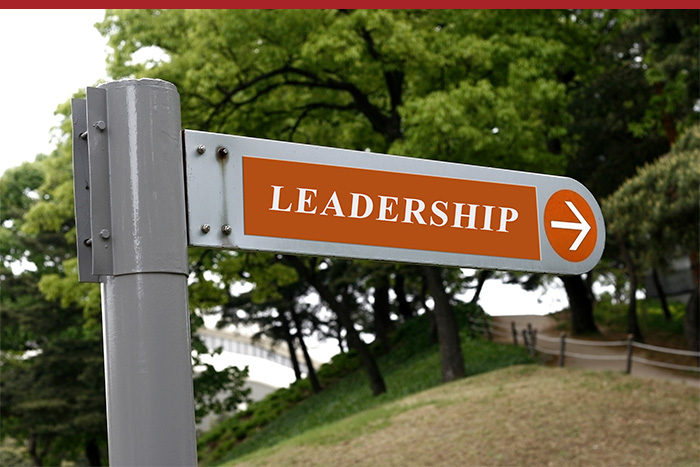Origins
The 3 words in the title of this short paper, have floated through many conversations and dialogues of which I have been part over the last month. They have lodged in my mind, and helped me in my thinking about my work, personal, community and global futures.
The root word emerge, originated in Middle French (mid 16thC) – émerger, and came directly from Latin, emergere – bring forth, bring to light.
When I consulted the OED, the definitions included,
“move out of or away from something and become visible”
“recover from a difficult situation”.
Both these aptly describe the current situation of a Coronavirus emerging around the world – moving away from its original host species and becoming visible to the human species. Talk has also focused very much on ‘recovery from a difficult situation’ – how will we emerge?
From emerge comes the word emergency – “a serious, unexpected, and often dangerous situation requiring immediate action”. Clearly again an appropriate word to describe the COVID-19 events.
Emergence: a useful concept for leaders
It is the words emergence or emergent that are of most interest. These words and the concept associated with them find a home in the field of complexity science. Emergence describes,
‘the way complex systems and patterns arise out of multiplicity of relatively simple interactions’ Lewin & Regine (2000) The Soul at Work
In a recent paper Paul O’Neill and Tim Dalmau described the OODA loop, a practical application of this concept – that is in an iterative process – Observe, Orient, Decide, Act. As more information and understanding unfolds, and we absorb and reflect on it we decide what is the best step to take based on what we know in the moment. Then we step back and observe again to see the impact of our small step and decide based on this the next actions or steps to be taken.
In times of emergency, when the situation is complex, rather than immediately jumping to problem-solving or creating a plan to address the situation, a more effective approach is to create conditions for emergence and allow the future or solutions to emerge.
As D’Auria & DeSmet of Mc Kinsey say
What leaders require in a crisis is not a pre-defined response plan but behaviors and mindsets that will prevent them from over reacting to yesterday’s developments and help them look ahead
To me, one of the most important applications of an understanding of emergence is to allow solutions to unfold rather than push for answers too quickly.
We know that in any crisis or catastrophe 12 different aspects come into the foreground and drive a social system’s response. These are well documented in a recent article by Tim Dalmau. They are an apt description of emergence in action, and they will arise whether intended or not. But knowing they will emerge is different form creating the conditions for them to emerge and fostering them once they do.
In the words of Roger Lewin and Birute Regine (2000) we need to create conditions for constructive emergence rather than try to plan in detail our way out of the emergency.
They identify the 3 key conditions as
- nurturing the formation and creativity of teams
- evolving solutions to problems – not designing them
- moving from command and control to distributed influence and flat organizational structure
To what might leaders pay attention?
What one pays attention to is determined by so many factors too numerous to list, but is expressed in what types of decisions we make, what we focus upon in making those decisions and what we believe to be a priority.
To foster emergence in a time of crisis, first and most important, is the nurturance, formation and creativity of teams to develop a shared purpose.
“In order to be adaptable, people need freedom for maximum flexibility, but with freedom comes a need for an even stronger sense of direction” (Lewin & Regine, 2000 p273).
Building on this leaders might also give priority to,
- developing and maintaining a strong sense of mutuality, urgency and care
- encouraging and improving the diversity within teams of both people and ideas
- creating a sense of openness and providing opportunities for people to learn and participate
- fertilizing connections between people and parts of the system (other teams, resources, external groups etc)
- creating a safe space for people to express opinions and pursue their goals
- encouraging, supporting and showing appreciation.
I and my colleagues have been part of number of weekly conversations for the last 8 weeks with individuals from across the globe. These gatherings share many of the characteristics described above, and the creativity, work and actions that have arisen from these are simply astounding.
You cannot create such emergence (and the consequent results) without listening attentively, being authentic, speaking from the heart – not just the mind and being prepared to put on the table and discuss things that had previously been taboo. It is a very sad but unfortunate fact that for some, such behaviors will be new.
Time and time again in these global meetings we are finding the more information is both available and shared the more focused, practical. relevant and realistic are the actions that follow – at first glance this may seem like a paradox, but the availability and sharing of all information (facts, data, assumptions, feelings and beliefs) is critical in times of crisis or catastrophe.
In fact, in so called normal times, they are equally valuable and the leader who acknowledges and values the behavior of others, who shares information openly, who fosters self-organizing, connecting and collaborating along with accountability will thrive in times of crisis. Not without its challenges it requires they too are accountable for their organization or team and its results. At the same time they must be able to live with paradox, ambiguity, contradictions and uncertainties, encourage experimentation, and value failures and mistakes: no small order but a profoundly satisfying and useful one.
What can leaders actually do to foster emergence?
Leaders can operate at 4 different levels or domains in order to be more effective in an emergency or crisis. These are
- whole organization
- across teams within the organization (network or ‘team of teams’)
- within a team
- the individual (one-on-one)
Organization prioroties:
- Leaders simply cannot share enough information and provide enough background context frequently and freely – fostering whole-of-organization transparency will reap huge gains in times of emergency: video broadcasts, town hall meetings, email and “Microsoft Teams” publications, etc
- Create central rapid response teams that assist in implementing the networking of teams, the “team of teams” approach
- Ensure and rearticulate time and time again purpose and goals that are understood and shared across the organization
- Promote psychological safety – where anyone can speak up and say what is on their mind without fear or retribution
Networking and connecting teams across the organization:
- Create a robust network of crisis response teams that is empowered to operate outside the current hierarchy and bureaucratic structures of the organization
- These teams need to be creative and adaptable, united by a common purpose – where they use the OODA loop and act fast
- Promote understanding across all in the organization but especially in the and between teams of the new decision-making architecture and where new accountabilities lie
- Refer to Chris Fussell’s, One Mission: how leaders build a team of teams for many more practical suggestions and examples of how to make this happen
Within a team:
- Ensure each leader of a team has strong personal abilities to be optimistic, remain calm, inspire confidence, has the quality of humility and knows how to frame good questions (not jump to solutions)
- Promote multi-disciplinary groupings that are collaborative and where expertise is fostered
- Once the team is established and is clear on its purpose and goals get out of the way and let them get on with the work
- Allow teams to re-organize and self-organize as they go. In other words, your task is to let go, be hands off and create the bowl in which they can self-organize
With individuals:
- Listen attentively and seek to understand
- Offer assistance, support and guide – don’t direct
- Demonstrate empathy
- Re-assert context frequently







